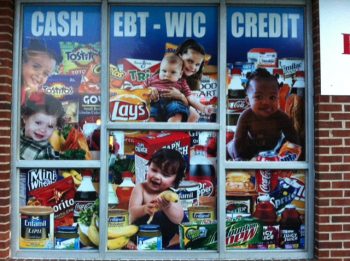The Global Food Research Program works to examine how various socioeconomic factors affect short-term and long-term food purchases and dietary intake between and within critical race/ethnic and socioeconomic subpopulations.

We built a complex database linking >50,000 US households’ annual food and beverage purchases to Nutrition Facts Panel data, which we use to study differences in nutritional purchasing patterns across race/ethnic and income groups, including differences in:
- Highly processed and convenience food purchases;
- Shopping patterns at different store types (e.g. grocery stores vs. convenience stores vs. drug stores vs. supercenters);
- Shopping behavior related to Walmart and its nutrient impact; purchases by brand type (e.g. private label/store brands vs. national brands); and
- sources of sodium and sugar among food and beverage purchases.
Additionally, we are determining whether changes in the sodium content of the food supply — from product reformulations and introduction of new, lower-sodium products — have impacted race/ethnic minorities or low-income households differently.
With our “crosswalk” approach, we created nutritional profiles of food and beverage items (USDA food codes) reflective of the brand and product purchasing preferences of critical race/ethnic and SES populations. We then determined how these differences in purchases translate into differential dietary intake across race/ethnicity and socio-economic status, potentially contributing to sociodemographic health disparities.